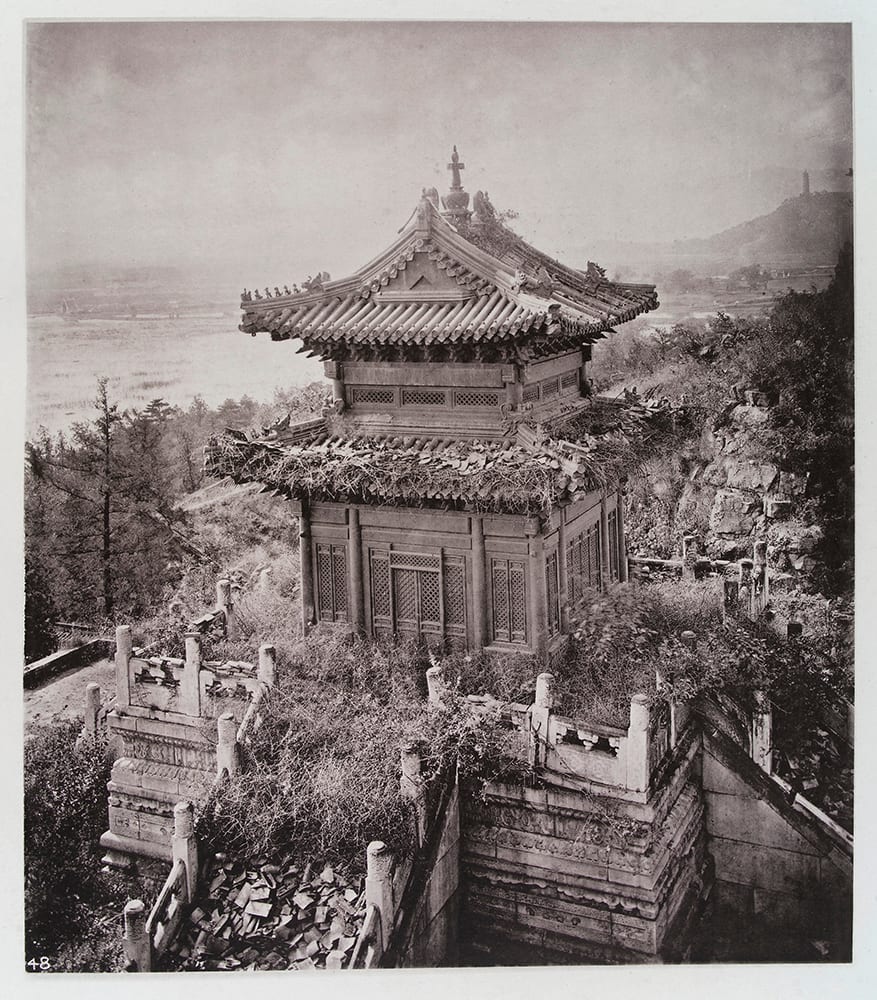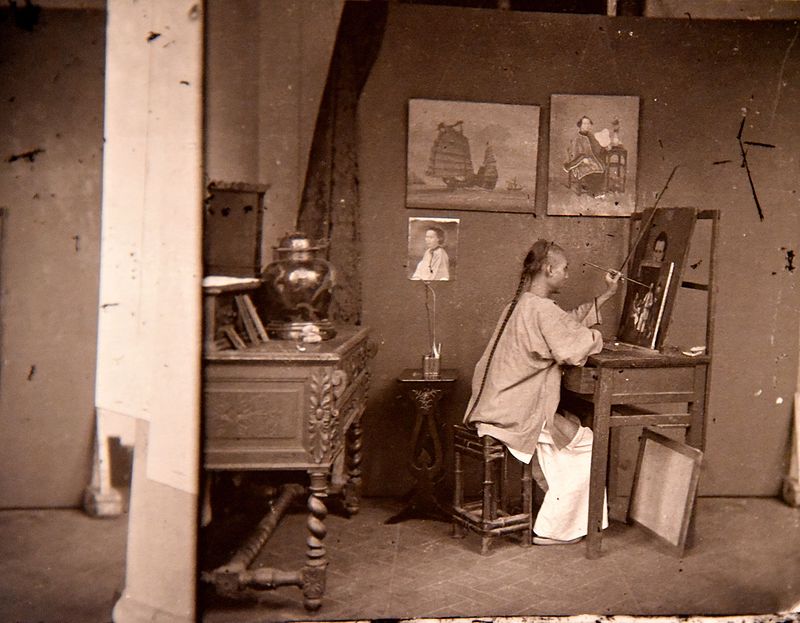Are you irked when a movie or video you’re attempting to enjoy is constantly interrupted by the commentary of a chatty fellow audience member?
If so, don’t watch archivist Rick Prelinger’s 2017 assemblage, Lost Landscapes of New York, in the company of a New Yorker.
Unlike Open Culture favorite NASS’s five minute sample of Lost Landscapes of New York, above, which adds color and ambient audio to the unvarnished found footage, Prelinger — described by the New York Times’ Manohla Dargis as a “collector extraordinaire…one of the great, undersung historians of 20th century cinema” — relishes such mouthiness from the audience. His black and white compilations are mostly silent.
If you are a New Yorker, view that as an invitation here.
For everyone else, on behalf of New Yorkers everywhere, we concede that our confident utterances may indeed drive you out of your gourd…
Tourists with just one visit to their name can be forgiven for flaunting their personal brushes with such hall of famers as the Brooklyn Bridge and the Washington Square Arch, but there’s no competing with long time residents’ intimate knowledge of the city’s geography.
It’s snobbery of a type, but have pity on us long time residents, who know we will be viewed as subordinates by those who were born within the five Boroughs.
(We submit that there are layers to this…a native of, say, the Hoosier State, who can remember the original Penn Station should be considered to have at least as much street cred as a millennial whose birth in Brooklyn, Harlem or the West Village confers native New Yorker status.)
However you slice it, consider this fair warning that some of us, viewing Lost Landscapes of New York in your company, will not be able to stop ourselves from triumphantly crowing, “That’s 8th between 43rd and 44th!”
Again, it’s something Prelinger courts in local live screenings of his Lost Landscapes series.
The phenomenon is not limited to New York.
Be the setting San Francisco, Los Angeles, or Detroit, he views audience outbursts as the soundtracks to his mostly silent, non-narrative pastiches drawn from his vast archive of vintage home movies, government-produced films, and background footage shot with an eye toward compositing into a feature film.
In a conversation with The Essay Review’s Lucy Schiller, he remarked:
I’ve discovered that home movies become something else when blown up to theater-screen size. The change of scale provokes a role change in the audience, who without necessarily expecting it become more than simple commentators. They turn into ethnographers, noticing and often remarking on every visible detail of kinship, word and gesture and every interpersonal exchange. They also respond as cultural geographers, calling out streets and neighborhoods and buildings, reading signs aloud, repeating tradenames and brands and marking extinct details in the cityscape. If I could capture them (and I generally cannot, because it is hard to intelligibly record the voices of hundreds of people in one room), it would play back like an urban research project distributed through a crowd of investigators. Each successful identification, each naming achieved, is an endorphin trigger.
Prelinger is happy to play fast and loose with chronological order, scrambling period fashions, and color and black-and-white stock. This crazy quilt approach is in step with his resistance to constructing narratives (“the curse of contemporary documentary”) and admiration for the way enthusiastic amateurs’ footage renders “caste distinctions between animals and humans, between places and their inhabitants” moot:
I am much less interested in the minutiae of local history than I am in the process of daylighting it, in the relationship of history and contemporary life.
His approach allows those of us who live or have lived here to revel in New York City’s long standing capacity for reinvention.
Like the anonymous tide of humanity bustling along our sidewalks (and darting into traffic, mid-block), the marquees, restaurant names and words on the delivery trucks aren’t fixed. We claim to hate it, but philosophers might suggest it’s what keeps us engaged.
You won’t find many street vendors hawking frumpy cotton undies these days, but there are plenty of corners where you can buy fruit and veg… and iPhone cases, earbuds, and COVID-19 era face masks.
As exciting as it is to successfully peg the quintessentially New York things that remain, there’s an equal thrill to recognizing and shouting out the things that don’t, especially if there’s a significant personal connection.
It makes us feel like we’re notable, contributing in some way.
You contribute, too, by watching Lost Landscapes of New York (2017) here, while simultanously keeping your eyes peeled for gratifyingly well attended, highly participated live screenings.
If vintage amateur footage you’re in possession of is gathering dust, consider donating it to expand Prelinger’s archive, already some 60,000 films strong.
Watch Prelinger’s Lost Landscapes compilations of other cities here and here (see episode 7 of his San Francisco series above).
Explore his massive archive on the Internet Archive.
And if you want to practice sounding like a “real New Yorker,” head back up to the top of the page, skip to the end, and inform everyone within earshot that that building is the old James A. Farley Post Office at 32nd and 8th:
“Now it’s Moynihan Train Hall! It opened on January 1! It’s part of Penn Station! Don’t forget to look up inside the 33rd street entrance, or you’ll miss Kehinde Wiley’s incredible stained-glass ceiling! And if you want a snack for the ride, you should hit H‑Mart on 32nd just east of Greeley Square!”
Related Content:
See New York City in the 1930s and Now: A Side-by-Side Comparison of the Same Streets & Landmarks
Immaculately Restored Film Lets You Revisit Life in New York City in 1911
An Online Gallery of Over 900,000 Breathtaking Photos of Historic New York City
Ayun Halliday is an author, illustrator, theater maker and Chief Primatologist of the East Village Inky zine. Follow her @AyunHalliday.










